 |
December 1, 2017 Volume 23, Number 48 |
Research and Education |
General Interest |
Network Tools |
In the News |
Research and EducationBack to Top | |
 |
|
 |
|
 |
|
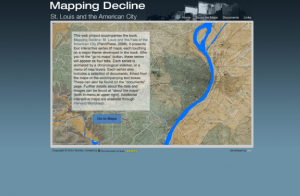 |
|
 |
|
 |
|
 |
|
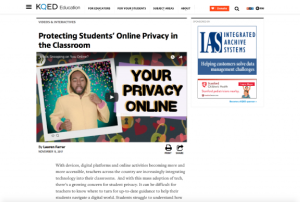 |
|
General InterestBack to Top | |
 |
|
 |
|
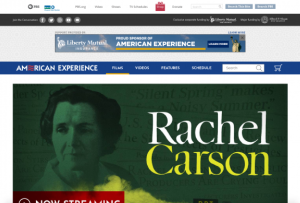 |
|
 |
|
 |
|
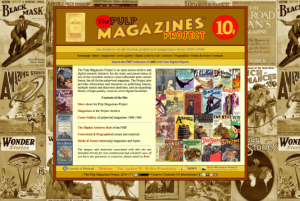 |
|
 |
|
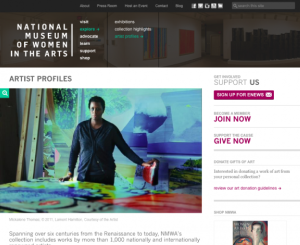 |
|
Network ToolsBack to Top | |
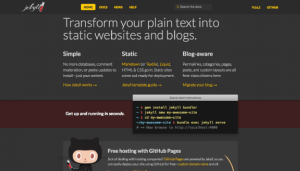 |
|
 |
|
In the NewsBack to Top | |
The Louvre Tops the List of the Most Instagrammed Museums of 2017 | |
|
The Louvre Was the 'Most Instagrammed Museum' in 2017 The World's Most Instagrammed Museum, from the Louvre to the Museum of Ice Cream Selfie Factories: The Rise of the Made-for-Instagram Museum Is Instagram killing our museum culture or reinventing it? Museums, the New Social Media Darlings Please Turn On Your Phone in the Museum On Wednesday, the photo-sharing platform Instagram released a list of the top ten most "Instagrammed" museums in 2017. Topping the list was the Louvre, which beat out New York City's Metropolitan Museum of Art and The Museum of Modern Art. The list also included Los Angeles's Museum of Ice Cream, which came in at number ten. Unfamiliar with the Museum of Ice Cream? This unique museum was featured in a recent Wired article dedicated to museums and special exhibits that especially appeal to Instagram fans. The Museum of Ice Cream features a swimming pool full of sprinkles, colorful wallpaper, and sculptures that portray ice cream toppings, offering copious opportunities for unique selfies. Meanwhile, established art museums are also finding that certain art exhibits tend to attract a number of selfie-snappers. Other museums, such as the Los Angeles County Museum of Art, have decided to use social media platforms like Snapchat in order to attract new art fans. Unsurprisingly, this new trend has sparked a lively debate: while some in the art museum world see social media platforms as a way to engage the general public with art, others have expressed concerned about how Instagram and other social media platforms are changing the ways we view and interact with art. [MMB] The first two articles, from ARTnews and Hyperallergic, report on the 2017 "Most Instagrammed Museum" list. At Hyperallergic, visitors can also check out some Instagram posts taken at the museums that topped this list. The third link features Arielle Pardes' article in Wired about the museum as a "selfie factory" in September 2017. The fourth link takes readers to a recent article by PBS's Jennifer Hijazi about the debate regarding how Instagram is changing museums. In 2016, Kerry Hannon at The New York Times and Sophie Gilbert at The Atlantic wrote about the various new ways museums are using social media and new technology to engage visitors. Readers will find these articles in the last two links. | |





